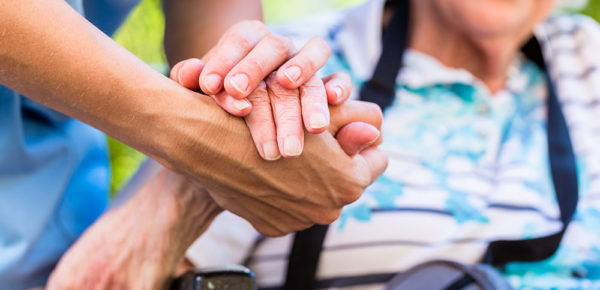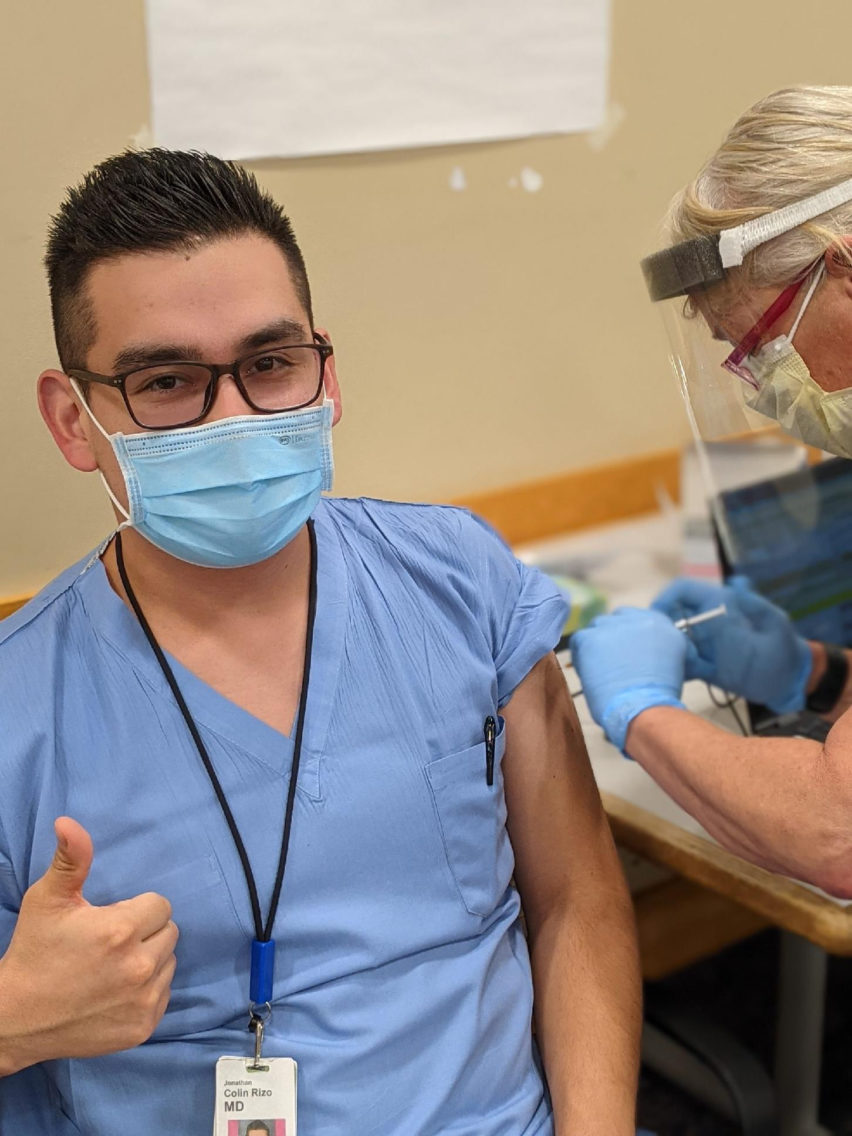Preventing falls and staying healthy
West End Healthline
By Anna Dovre, MD
If you’ve ever lived through a Minnesota winter, you’re certainly no stranger to the “penguin walk,” that goofy way we all adapt to icy sidewalks by taking small, careful, shuffling steps. But even the emperor penguins among us have a tale (and a bruise) or two from slipping and falling in wintry conditions. As we look forward to the coming spring, we can cast our eyes with hope toward drier and safer surfaces on the horizon. However, the risk of falling does not just melt away with the dwindling snowbanks.
Falls, and the injuries that can result, are a serious medical concern, and it’s worth taking some time to consider your own risk factors and options for fall prevention.
Frequent falls can not only have detrimental impacts on your health, they can also be expensive: from frequent emergency room visits, to overnight stays in a hospital or rehab facility. If you have fallen in the past year, have had a fall-related injury or feel unsteady when standing or walking, you should be assessed by your primary care provider. Together, you can create a strategy to decrease your risk of falls, to help you feel stronger and more confident at home and ultimately to maximize your health and independence.
Many factors can impact your risk of falls, including your balance, strength, blood pressure, medications, environment and your cognitive and psychological health. It’s important to make sure you are having your vision and hearing checked regularly and staying up to date on your eyeglasses prescription. If you take medications to help you sleep or improve your mood or medications that affect your blood pressure you could also be at increased risk of falls. Together you and your healthcare provider can work on limiting the quantity and dosages of your medications, minimizing potential drug interactions and side effects.
Exercise can reduce the risk of falls in adults 60 and older by up to 15%. In addition, multiple types of exercise can reduce the risk of fall-related broken bones by up to 30%. Physical therapy as well as individual and group exercise classes, including Tai chi or yoga, can help identify areas of weakness and find ways to improve your balance, strength and flexibility. The Senior LinkAge Line (800-333-2433) is a free helpline through the state of Minnesota that can connect you with a variety of supportive resources, including local exercise programs and fall prevention classes.
Home is where the heart is, they say. It’s also where the hazards are. Most falls happen at home and are preventable. It is important to make sure you are using the appropriate shoes and assistive devices for you, such as canes or walkers. Certain changes in your home environment can help reduce the risk of falls: having a ramp instead of stairs; smooth, durable floors that are clear of extension cords or loose rugs; grab bars that are located near any stairs, toilets, bathtubs or showers and night lights in the bedroom and/or bathroom. With some time and effort on the front end, these changes can actually save you money in the long term by allowing you to remain safe and independent in your own home for a longer period of time.
The winter may be behind us, but there are still plenty of hazards ahead. Paying attention to your own risk factors and making some changes in your life can keep you safe from falls and keep you on your feet to fully enjoy the summer ahead.
Dr. Anna Dovre is a family physician at Allina Health United Family Physicians, 233 Grand Ave, Saint Paul, MN 55102; 651-241-5200.




